Nepal Seasons
NEPAL TOURIST SEASONS
Peak seasons for tourism in Nepal are traditionally late March to May and September to November. These periods are either side of the main monsoon period in this area of Asia. The first of these periods is also the most popular period for climbs of Mount Everest.
The weather in the Khumbu valley sees a very large diurnal variation in temperature. On most days you will notice a daily cycle where it is usually clear and cold in the morning with the sun warming the air through the morning and white clouds rolling in soon after lunch. It is important to plan your clothing to account for the large variation in temperatures that you will see at different times of day and also at different stages of the trip.
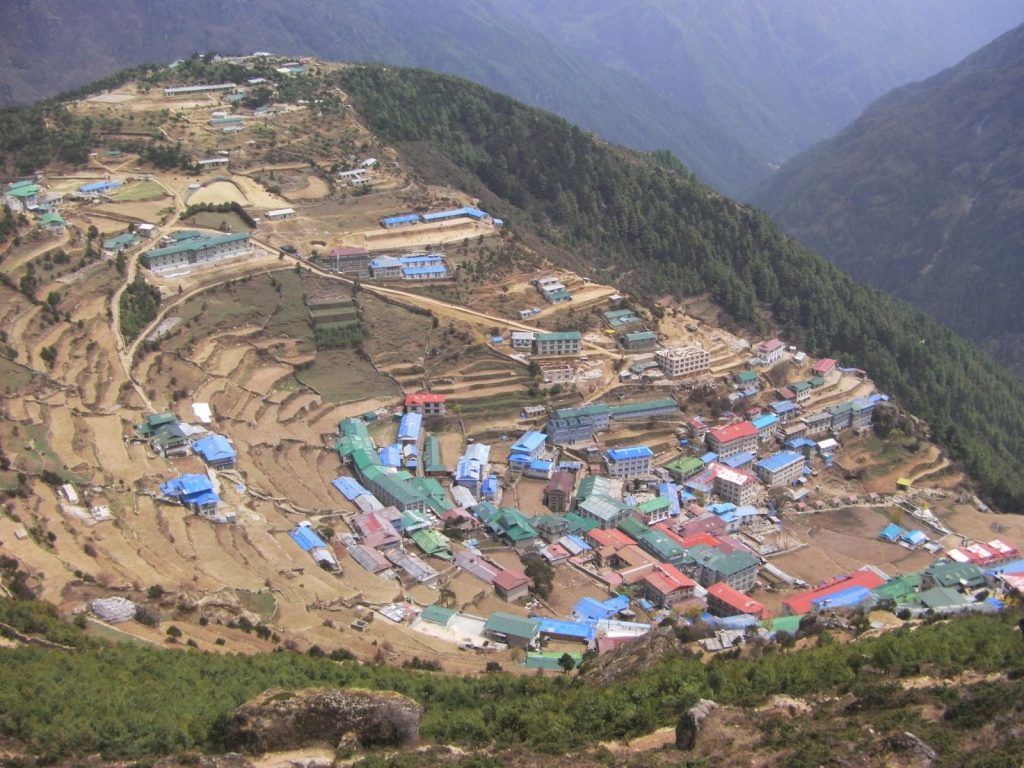
Lower in the hills it may be cool for your morning start but will very quickly be very warm and dry and will leave you sweating and seeking shade. In the early afternoon, you may see a shower of rain so waterproofs always need to be near the top of your bag for rapid deployment. An umbrella may not sound much like Himalayan equipment but it can be extremely useful and is used widely by the locals. There is something nice about intercepting the rain before it lands on you and not being crammed inside a damp hood.
One consistent fact will be the intensity of the UV sunlight. You will need to bring high factor sunblock, a lightweight long sleeved top and a hat that will cover or shade your neck and ears. The sunlight will be intense even when the air temperature is low and the wind is blowing so you may not think to cover up your face. The UV can also give you a headache so you ought therefore to bring good quality polarising sunglasses. For more information regarding kit items, look at our kit advice page.
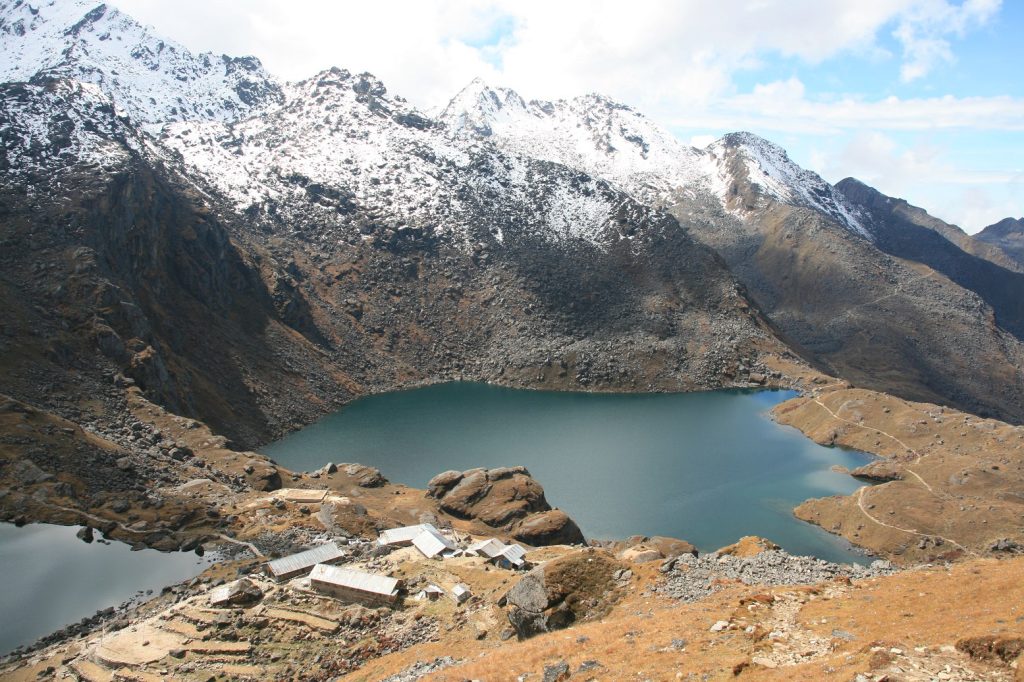
There are various websites offering weather reports for the area. Most will be primarily orientated toward climbers and trekkers higher up on the mountain trails but the general trends can be instructive. For example for Lukla a little way up the valley or Kalapathar even further up the Khumbu valley towards Everest basecamp.
Book Your Adventure of a Lifetime Now
Discover our trips to other Countries
Adventure Alternative Articles
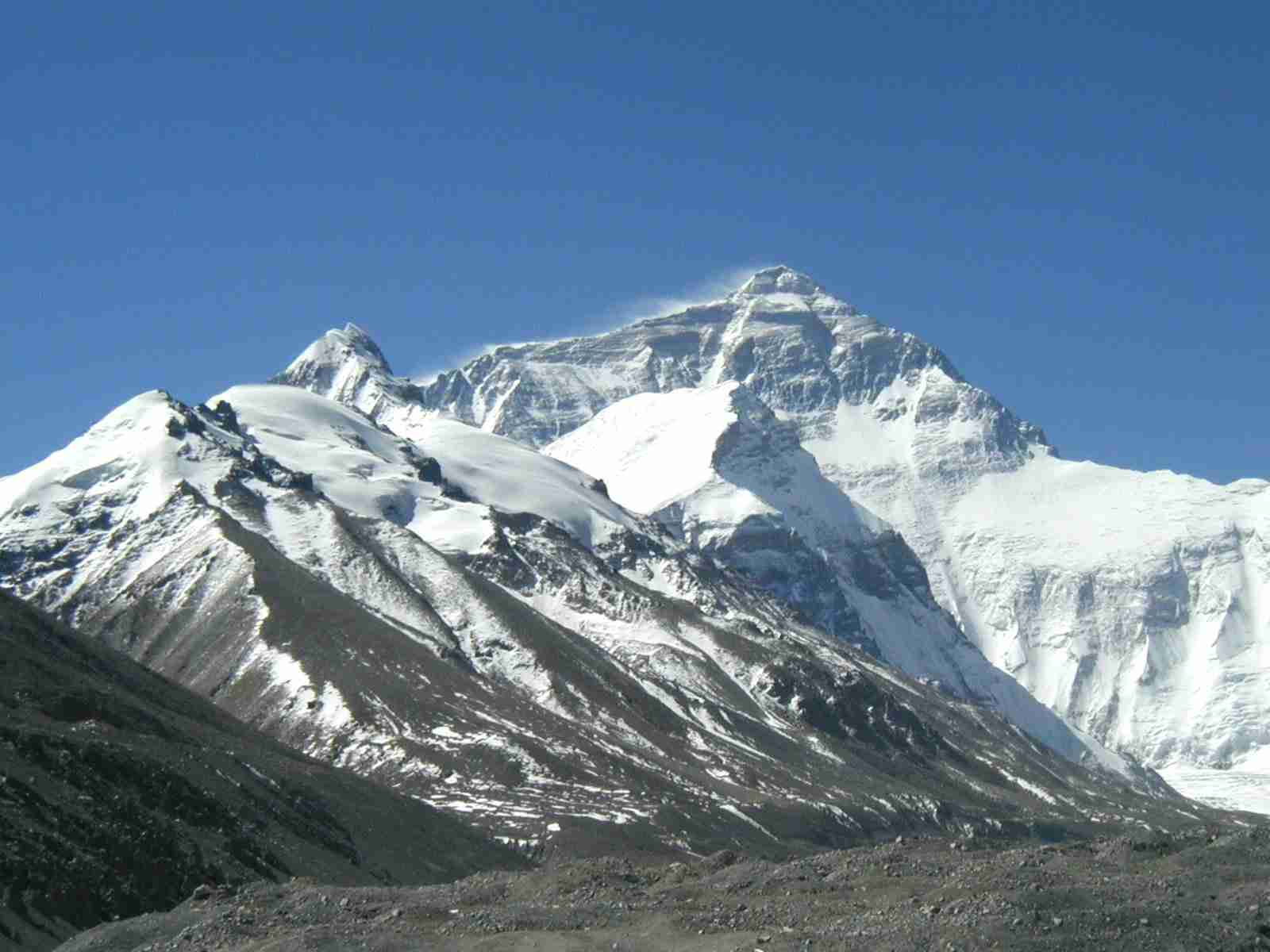
12 MONTHS, 12 MOUNTAINS
Climbing Calendar Ready for World Mountain Day In celebration of World Mountain Day, we've created a calendar for the year to make it easy for...
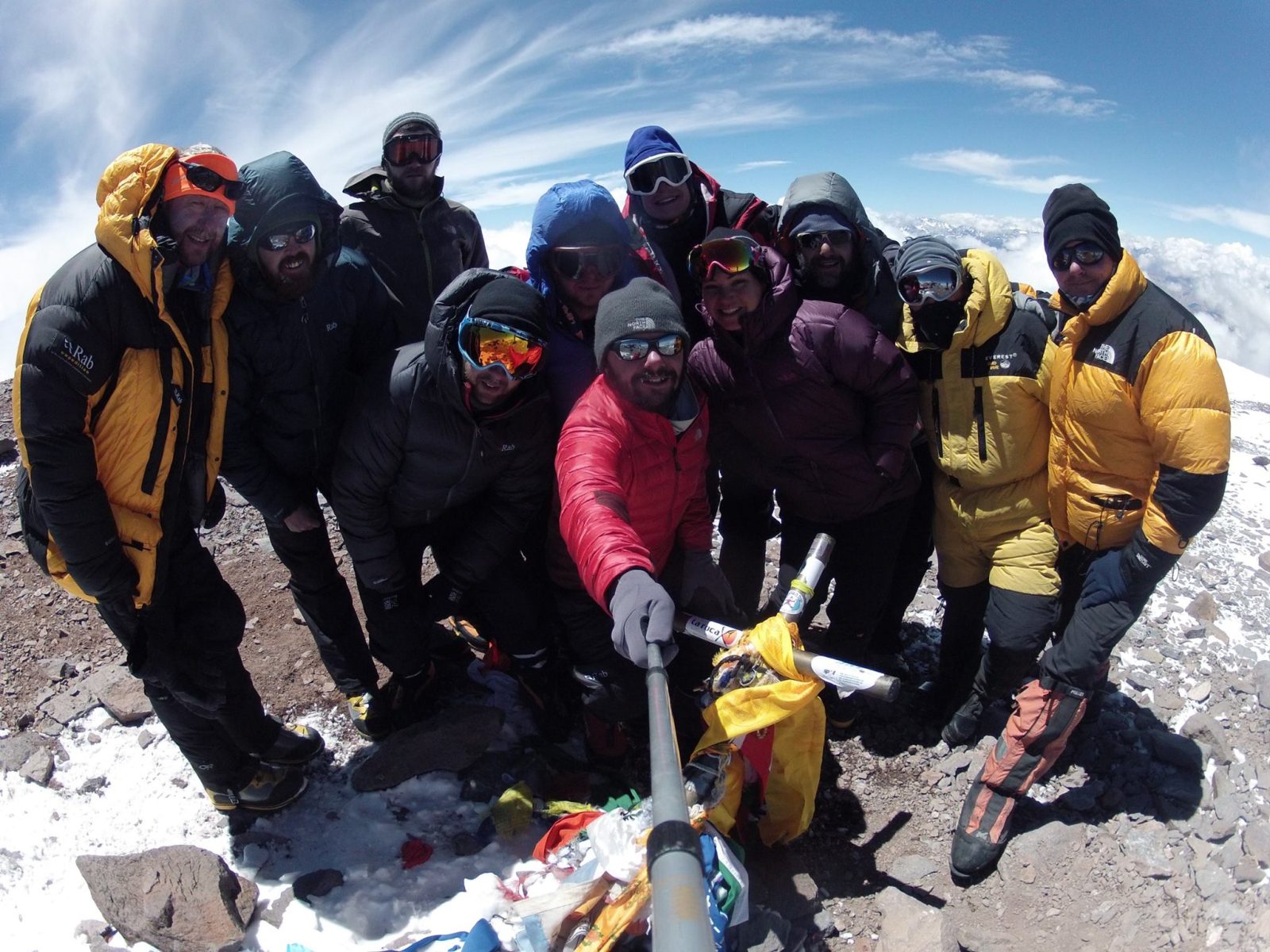
Mount Aconcagua Trip Review
January 2016 This year we had a team of twelve clients from four different countries – Iran, Ireland, England, South Africa and Argentina –...
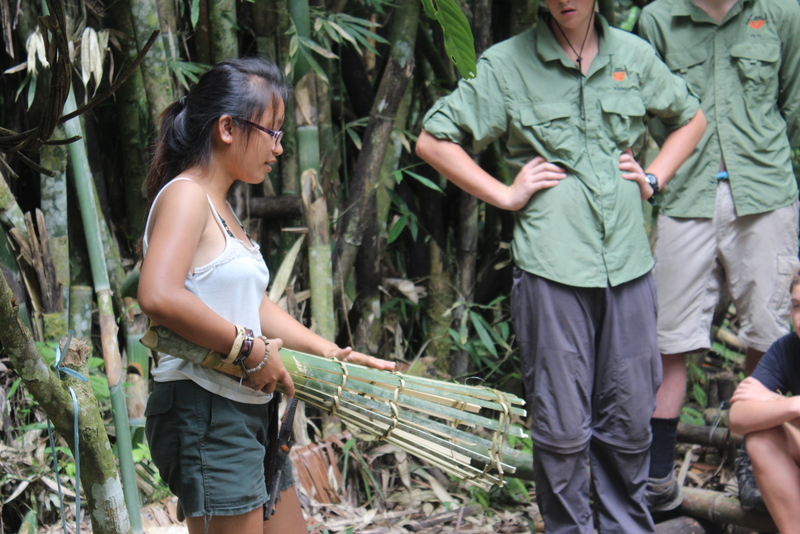
Alcey’s Survival Skills Course at Lupa Masa Jungle Camp
SURVIVAL SKILLS COURSE AT LUPA MASA JUNGLE CAMP | ADVENTURE ALTERNATIVE In celebration of International Rural Women’s Day, we’re talking...